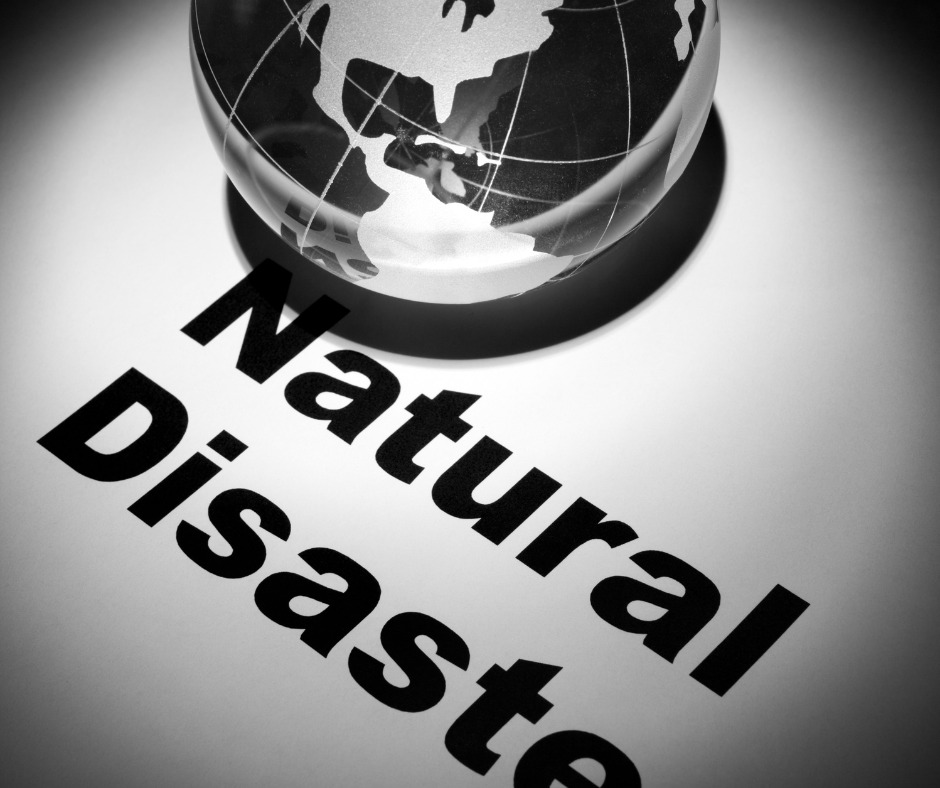
Your home has suffered Mother Nature’s Double Whammy – it was burned or damaged by smoke during a recent wildfire, and now your property has suffered further structural damage from earth movement.
Wildfires can destroy vegetation and make soil less permeable, which makes it easier for even short bursts of heavy rain to cause mudslides. If your homeowner’s insurer has denied coverage for post-wildfire landslide damage pursuant to the earth movement exclusion in your policy, your claim may have been wrongfully denied.
On January 4, 2023, the California Department of Insurance Commissioner issued a Notice regarding insurance coverage for flood, mudslide, and earth movement claims related to recent wildfires. While the Commissioner recognized that many homeowner’s insurance policies exclude coverage for mudflow, debris flow, mudslide, landslide, and other similar events, these exclusions are not enforceable if the facts establish that wildfire (a covered peril) was the efficient proximate cause of the subsequent flooding, mudflow, debris flow, mudslide, landslide or other similar events.
What is Efficient Proximate Cause?
Efficient proximate cause is a legal term used in insurance law to determine which of multiple causes is responsible for an insured loss. It refers to the most dominant or effective cause of a loss that sets other causes in motion, leading to the loss event. The concept of efficient proximate cause is important in insurance because it determines which policy will cover the loss. If the efficient proximate cause of a loss is covered under an insurance policy, then the insurer is liable to pay for the entire loss, even if other excluded causes contributed to the loss.
In an insurance claim, if there are multiple causes that contribute to a loss, the efficient proximate cause is the one that sets in motion an unbroken chain of events leading directly to the loss, without any intervening causes that break the chain.
For example, if a house suffers structural damage due to debris flow and the debris flow was caused by wildfire damage, the efficient proximate cause of the loss would be considered the wildfire and should be considered a covered loss. California courts have established that a prior wildfire can be the efficient proximate cause of a landslide. According to the California Court of Appeals in Howell v. State Farm Fire & Cas. Co. (1990) 218 Cal.App.3d 1446, wildfire can be the efficient proximate cause of a landslide. Thus, if an insured sustains damage from an excluded peril such as landslide or mudflow, as well as a covered peril such as wildfire, and the wildfire is the efficient proximate cause of the loss, then there is coverage for the damage.
How do I know if a recent wildfire is the efficient proximate cause of the landslide?
Several factors can determine whether a wildfire is the efficient proximate cause of a landslide. One of the key factors is whether the wildfire was the direct and uninterrupted cause of the landslide, or whether other intervening causes contributed to the loss. If the wildfire was the sole cause that set in motion an unbroken chain of events leading to the landslide, then it should be considered the efficient proximate cause of the loss. However, the type of earth movement (e.g., deep-rooted landslide versus shallow debris flow) may also be a factor. A deep-rooted landslide occurs when a large mass of soil and rock moves downslope along a well-defined sliding surface that extends to a significant depth. These types of landslides are typically slow-moving and can be triggered by a variety of factors, including heavy rainfall, seismic activity, and changes in groundwater levels.
A shallow debris flow is a more rapid type of landslide that involves the movement of loose soil, rock, and debris down a slope. These types of landslides are typically triggered by intense rainfall or snowmelt and are characterized by a high water content, which allows the material to flow more easily. Shallow debris flows can be particularly destructive, as they can travel long distances and gain momentum as they pick up additional material along the way. Shallow debris flows are more likely to be caused by a prior wildfire than a deeper-rooted landslide.
Other factors that may be considered include the timing and location of the wildfire and landslide, as well as the condition of the land and the presence of vegetation before and after the wildfire. For example, if a wildfire burns away the vegetation that was holding the soil together and the subsequent heavy rains cause a landslide, the wildfire may be considered the efficient proximate cause of the landslide. Similarly, if a wildfire causes damage to the drainage system or other infrastructure that then contributes to a landslide, it may be considered the efficient proximate cause.
The California Insurance Commissioner’s Notice is clear that insurance companies should not deny mudslide, landslide, and debris flow claims before undertaking a diligent investigation regarding the cause of the loss and carefully considering the facts. However, the determination of efficient proximate cause can be a complex legal issue and may vary depending on the specific circumstances of each case. As such, you may wish to consult with a geotechnical engineer, legal and insurance professionals to fully understand the coverage and liability implications of a loss event involving wildfires and landslides.
If you or someone you know is facing an issue with their homeowner’s insurance company denying this type of claim, the insurance lawyers at Kantor & Kantor have the expertise that could help. Our law firm handles property damage claims on behalf of plaintiffs when their insurance company fails to cover the loss. Call our law firm today or complete our online form to see if you need our assistance with your situation.

